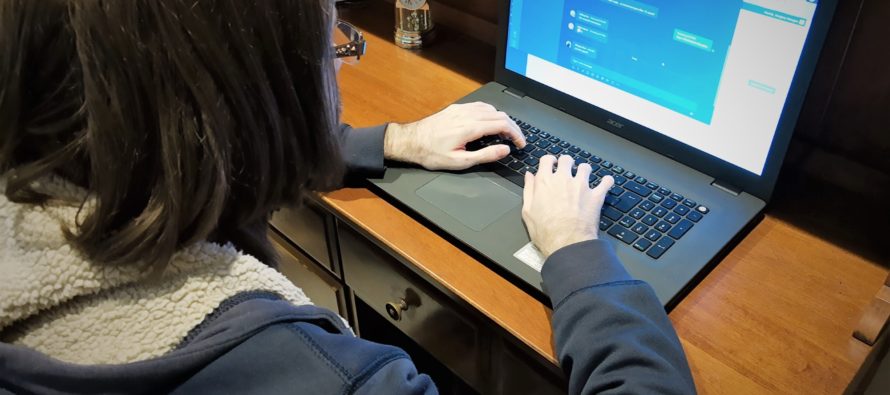Zoom fatigue – a new strain on students

Since the introduction of COVID-19, daily life has not been the same, particularly for workers and students. In order to adapt to the situation, many educational institutions have begun online classes and adapted their curriculum to better suit their new environment. For students, continuing their educational endeavours is important – but what effect is this change having for those involved?
Many students and workers in general are experiencing what has been dubbed “Zoom fatigue.” This is a type of mental exhaustion resulting from prolonged use of video conferencing software, such as Zoom, Skype, Microsoft Teams or Google Meet. Being in front of a camera can be tiring, as the user feels the need to act accordingly, which may differ when in person. There is also the added challenge of having to interpret information that may not be available, such as reading non-verbal cues which cannot be detected in an online setting. Our brains naturally have to work much harder for much longer, leaving us completely drained by the end of the day.
So what can we do about this? Besides limiting your use of these applications, it is possible to alleviate a bit of the stress from these meetings by only having your camera on when it is necessary. Not feeling like you have multiple pairs of eyes on you at any given time can be a huge relief. On top of this, you can actually move your meeting window to the side of your screen to help with your concentration, and as always, be sure to take breaks when you can to let your eyes rest. Speaking from experience, eye strain is not fun to deal with.


